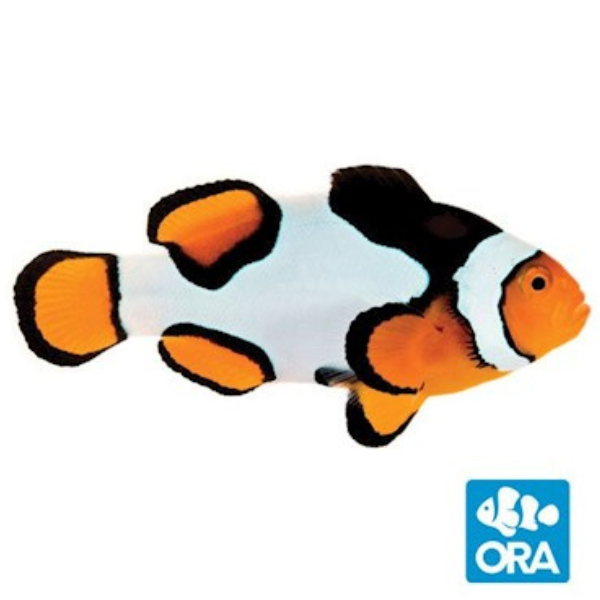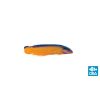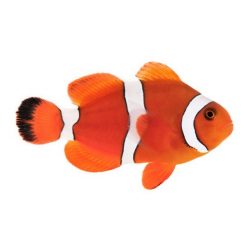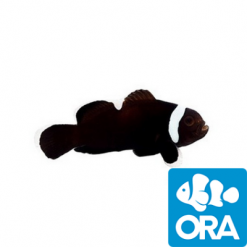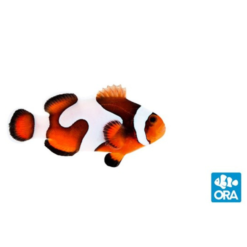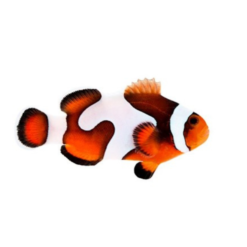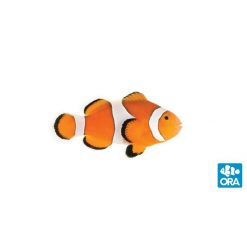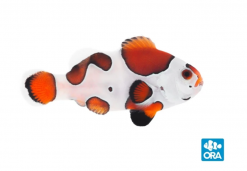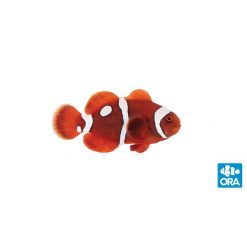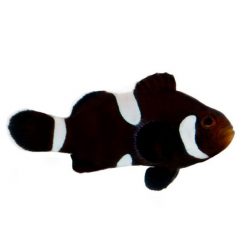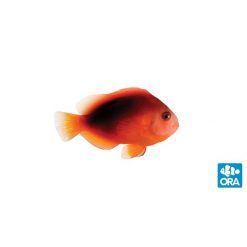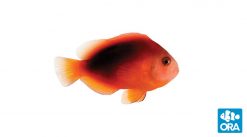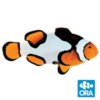About the ORA Premium Picasso Percula Clownfish Captive-Bred
Care Level: Easy
Temperament: Peaceful
Reef Safe: Yes
Diet: Omnivore
Max Size: 3 inches
Minimum Tank Size: 10 gallons
ORA Premium Picassos are an extremely rare and highly sought after variant of the Percula Clownfish. The Picasso variant occurs naturally in the Solomon Islands and Papua New Guinea however it is exceptionally rare. ORA’s strain of Picassos originated in 2004 from a single wild male from the Solomon Islands, which we paired with a typical Onyx female. In subsequent years we have added additional wild collected Picassos into our breeding program. Most Picasso clowns in the industry can be traced back to ORA’s breeding program.
Premium Picassos are specimens of superior quality that are hand-selected for their uniqueness. These astounding fish exhibit even greater white coverage than our regular Picassos. Our experienced graders look for premium features such as extra stripes or markings on the face and head that have been recognized as desirable patterns. They always consider the oddness and rarity of the striping, making each fish a unique specimen. Only an extremely small percentage of offspring qualify as ORA Premium Picassos.
As with our regular Picassos, ORA Premium Picassos reach a seller size of 1.5 inches at approximately 7 – 8 months of age. These juveniles have yet to develop the characteristic black in the mid-body. The black pigment will develop as the fish ages until maturity. We were hoping that our Picasso broodstock would produce thousands of Picasso offspring every year, however only a small percentage of fish from each Picasso spawn qualify to become Picassos or Premium Picassos. The majority of Picasso offspring look like ordinary Perculas.
These clownfish do not need an Anemone to survive, but will accept many different Anemones as its host, including corals. Their favorite Anemones to call home are the Carpet Anemones Stichodactyla Gigantea or the Magnificent Anemone Heteractis Magnifica.
Clownfish have a very distinct swimming motion that is different from most fish. This is likely passed on through their genetic makeup from centuries of wiggling within the tentacles of Anemones. As the Clownfish wiggles within the stinging tentacles the Anemone’s mucus is likely smeared over the Clownfish’s body, which then protects it from additional stings.
In the wild they live in small groups with one large dominant female, one smaller sexually active male, and a handful of smaller males and juveniles. When the female is lost the largest male will then change sex and become the dominant female with the other Clowns moving up the ladder behind it.
| Size | 1-2 inches |
|---|

